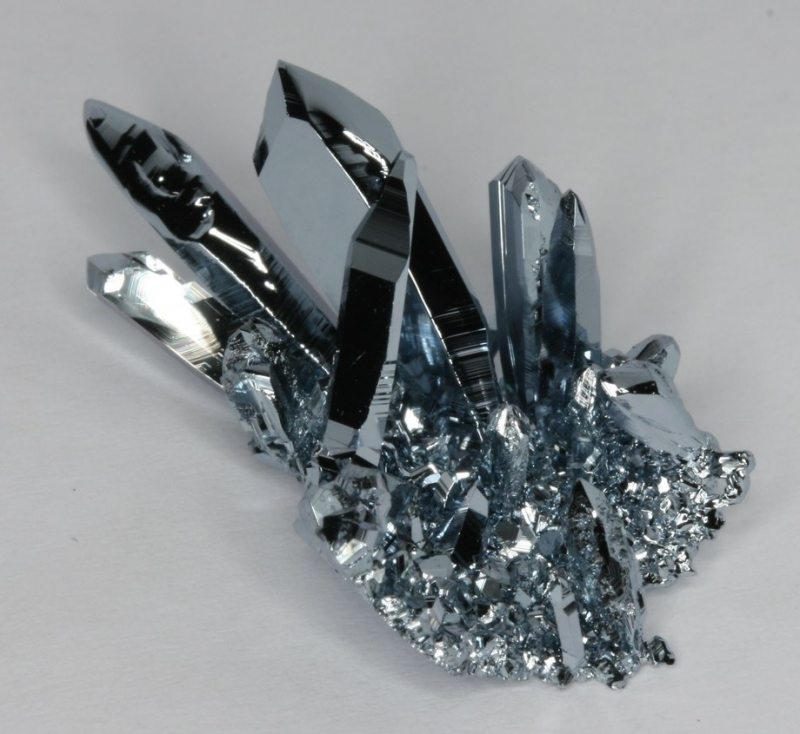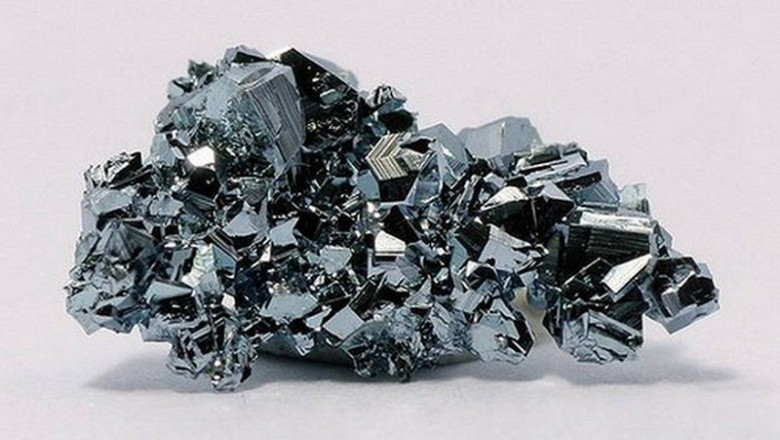Californium
Californium is a man-made element, unlike many others on this list. Stanley G. Thompson, Albert Ghiorso, Glenn T. Seaborg (the same individuals who found berkelium), and Kenneth Street, Jr. discovered the substance. Californium, like berkelium, was called for the state where it was discovered: California.
Radiation is released as Californium bioaccumulates in skeletal tissue, interfering with the body's capacity to create red blood cells. Californium may enter the body through contaminated food or drinks, as well as through inhaling air containing suspended particles of the element. Only 0.05 percent of the californium in the body reaches the circulation. About 65 percent of the californium will be deposited in the skeleton, 25% in the liver, and the remainder in other organs or eliminated, primarily in the urine. In 50 and 20 years, half of the californium deposited in the skeleton and liver is gone. Californium attaches to the surface of the bone before gently moving through it.
Californium is one of the most expensive elements, costing an estimated $27 million per gram. Because the rare and expensive element is radioactive, it is hazardous to handle. As a result, finding the element outside of a laboratory setting is nearly difficult.
Estimated Value: $27 million per gram










